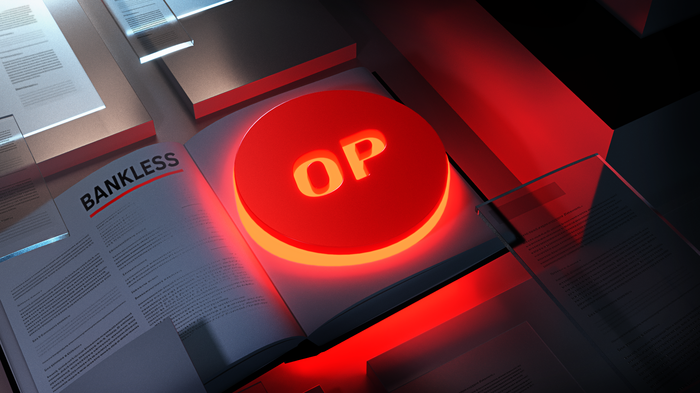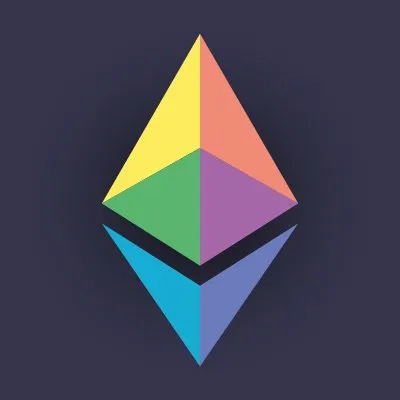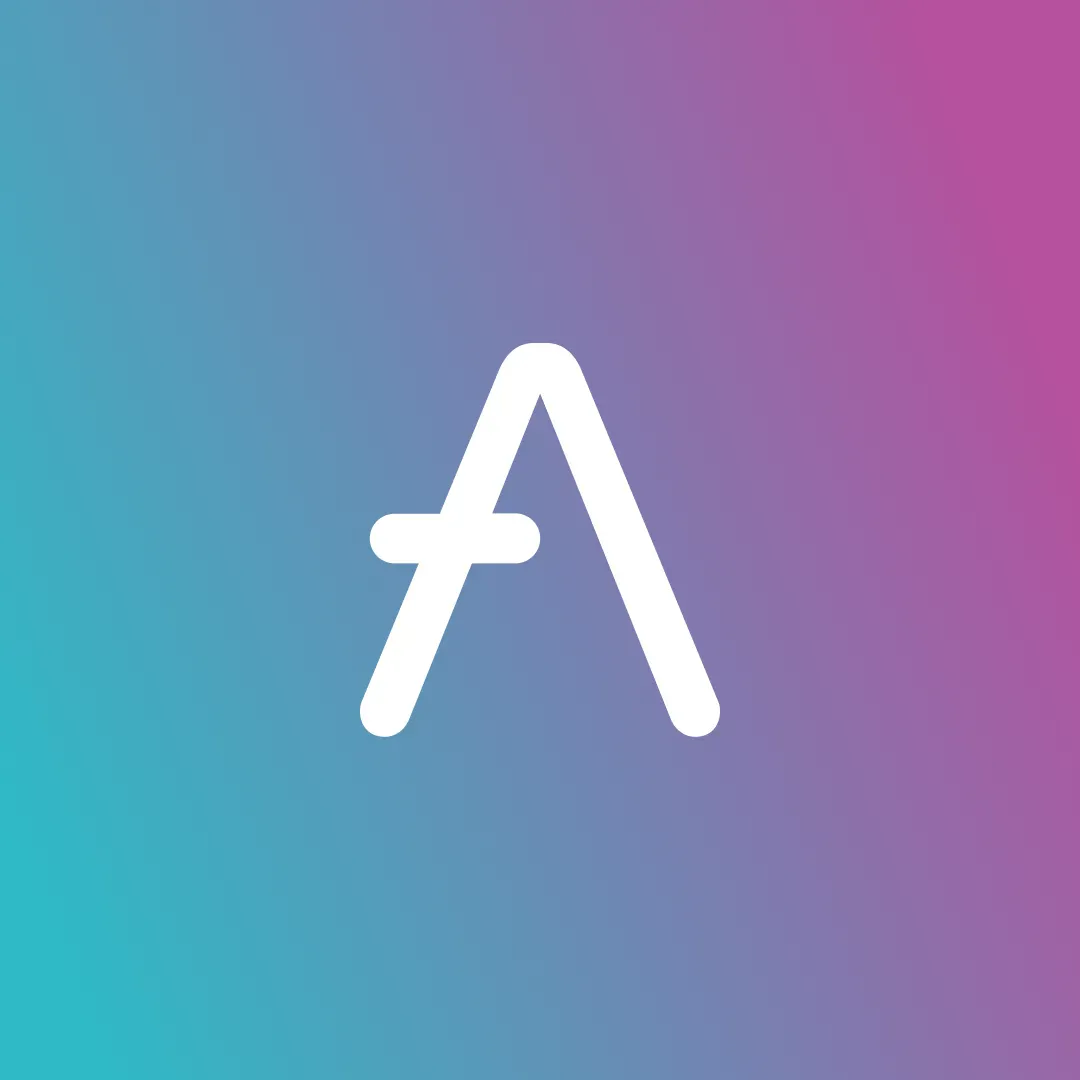
Subscribe to Bankless or sign in
Optimism is a leading Layer 2 (L2) solution designed to enhance Ethereum's scalability and reduce transaction costs.
Built according to an optimistic rollup architecture, it leverages the security of Ethereum while providing a more efficient environment for transactions. In this guide, we'll explore the basics of Optimism, how it works, and some key projects within its ecosystem.
Optimism has its own bespoke Ethereum L2, but it's also become a chain of chains. The key pillars of Optimism's approach include:
Subscribe for free to continue reading
- Support the Bankless Movement
- Access to thousands of articles
- Complete archive of Bankless episodes
- Embark on free quests in Airdrop Hunter
- Daily alpha in your inbox
Already subscribed? Sign in







